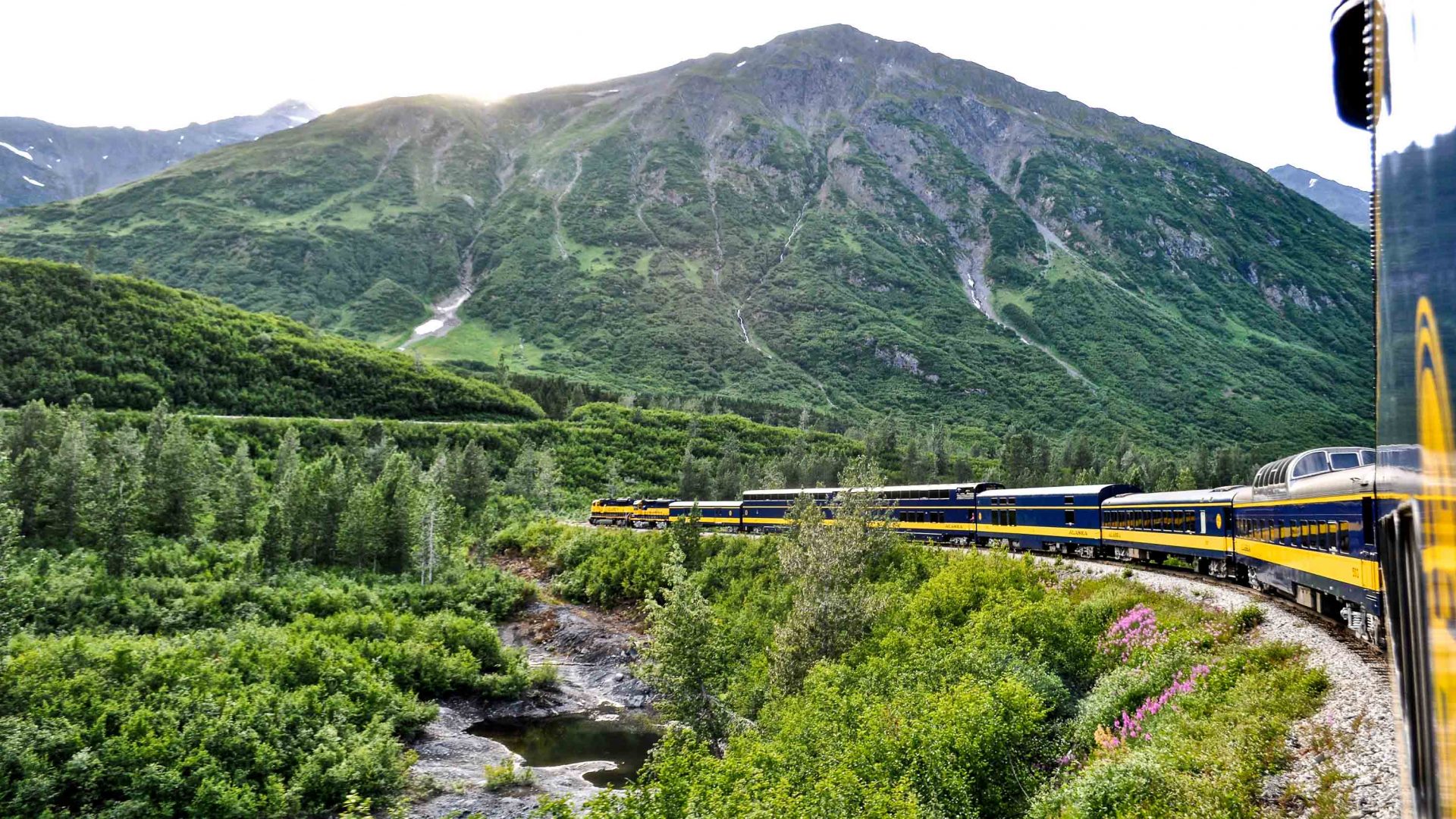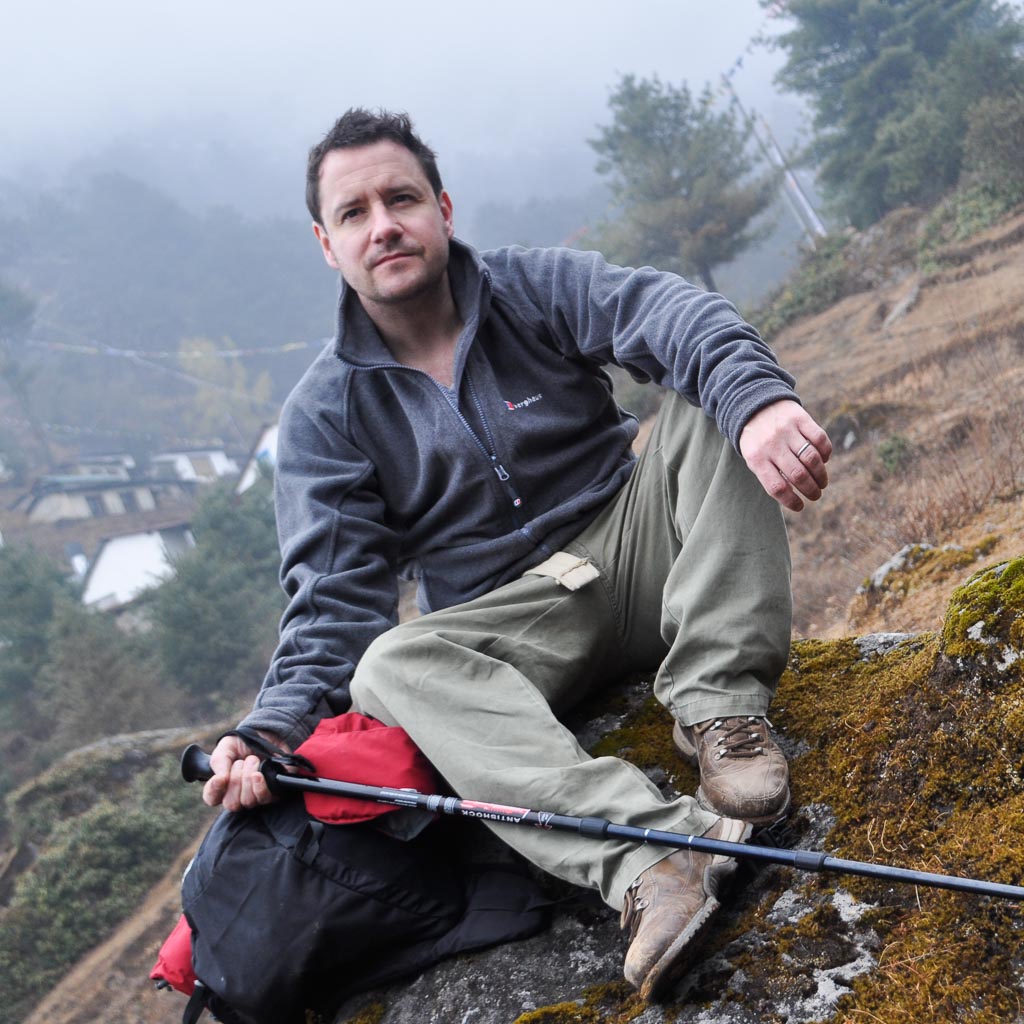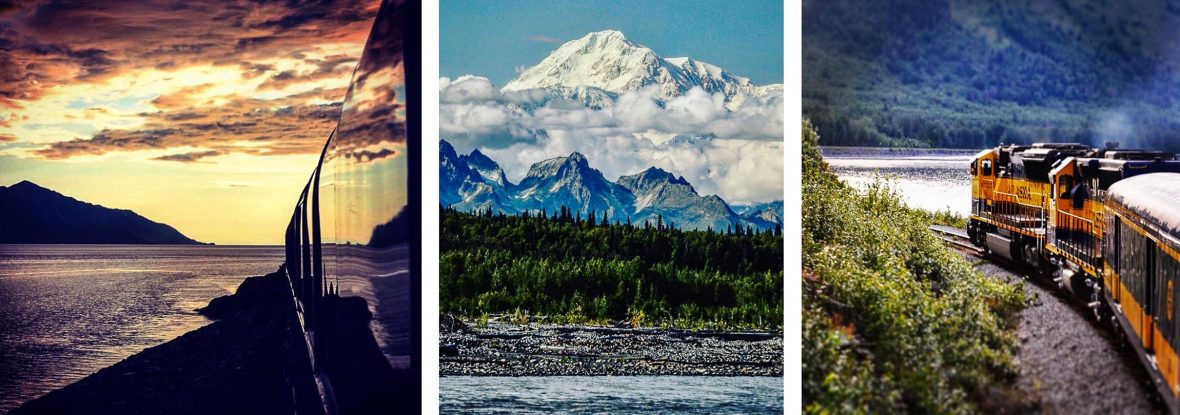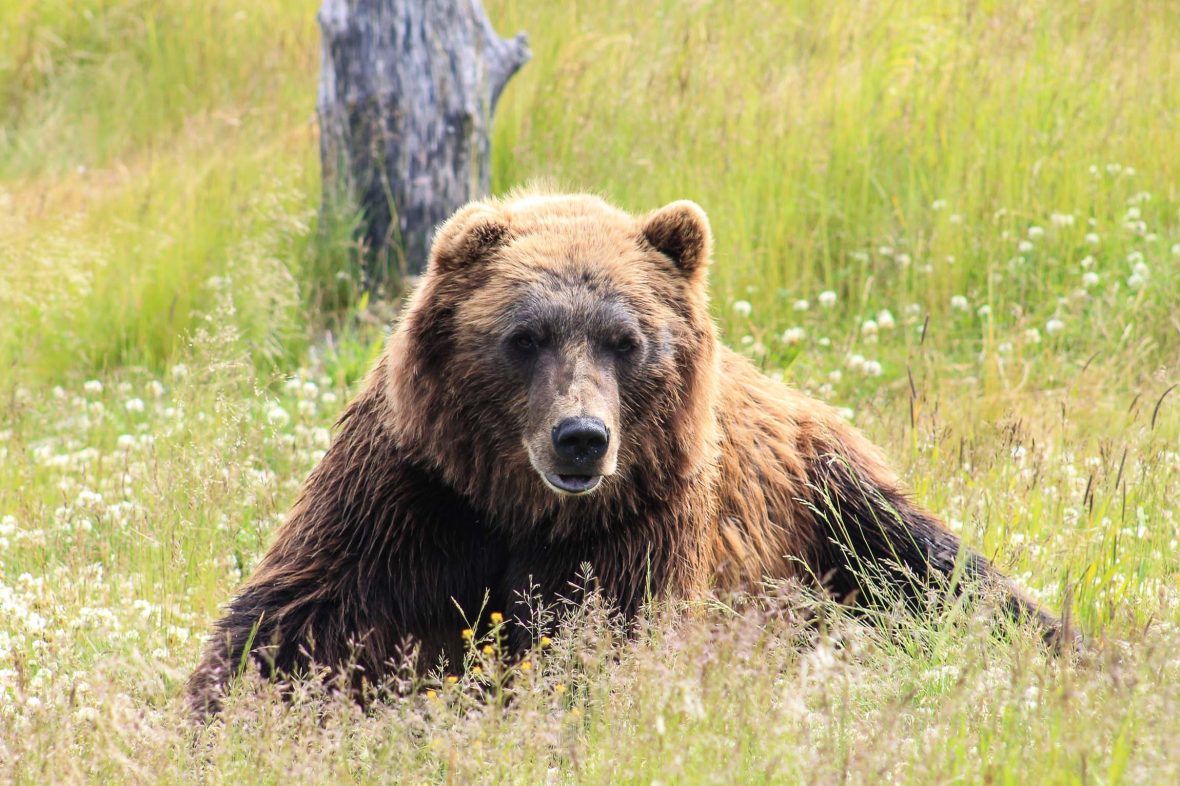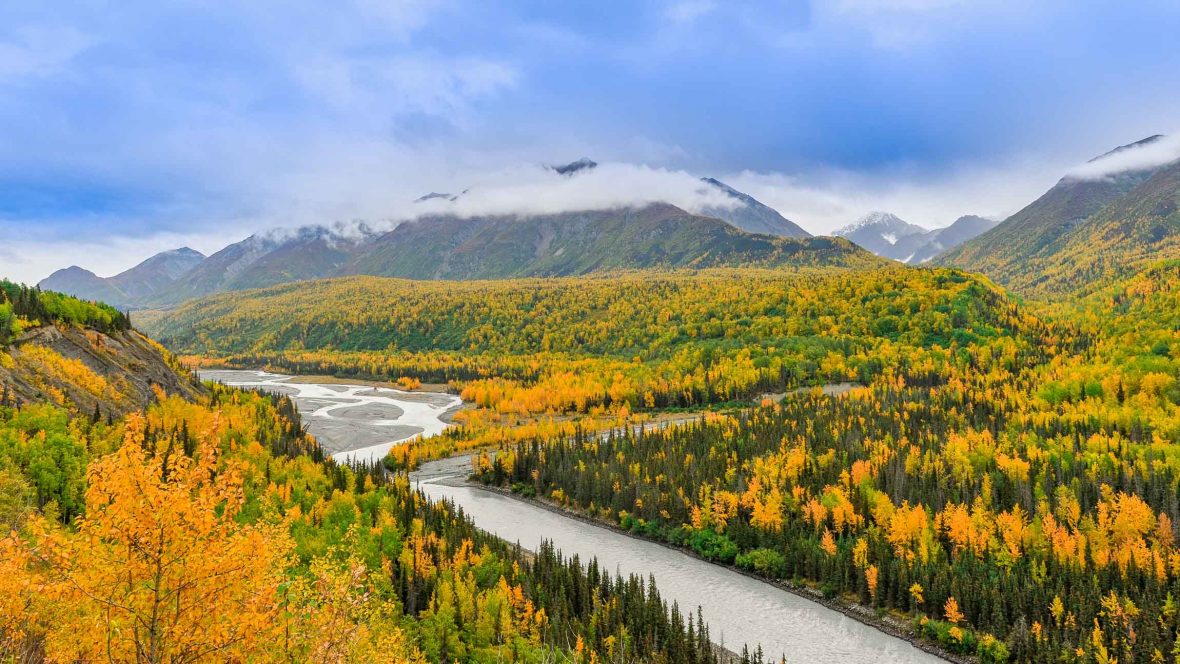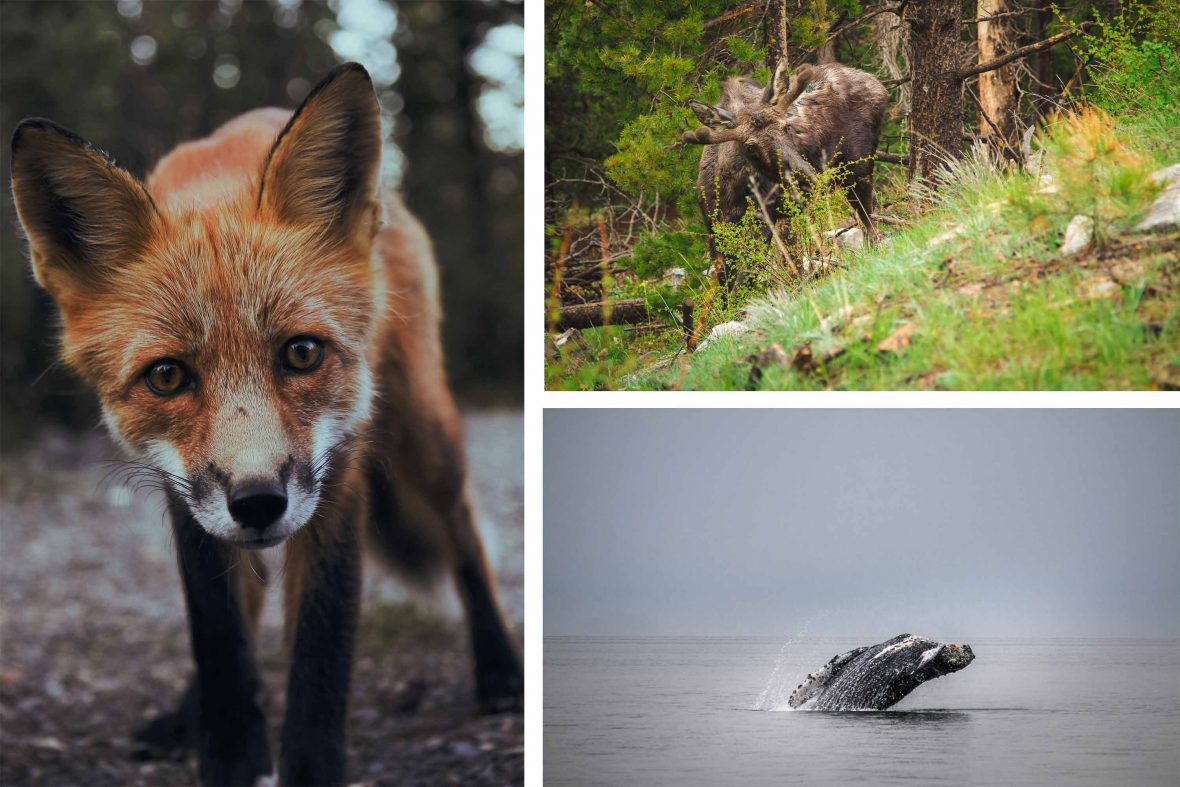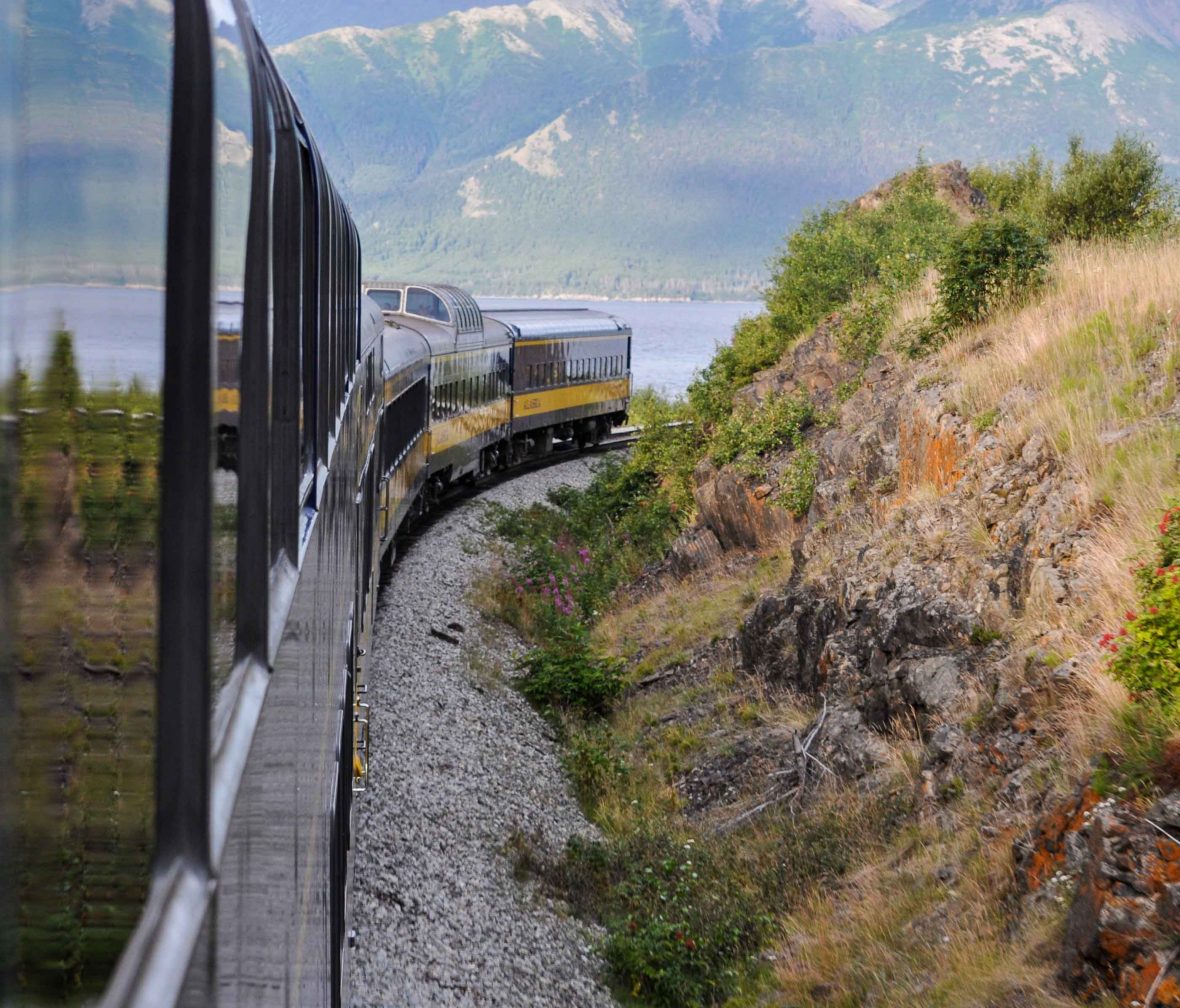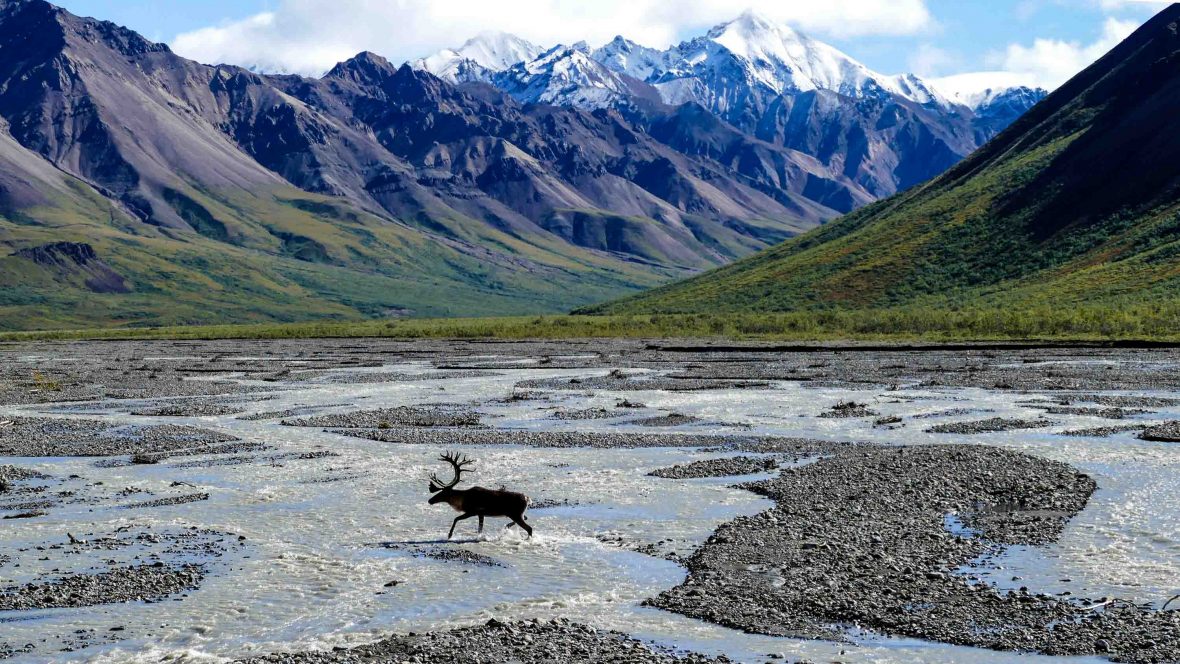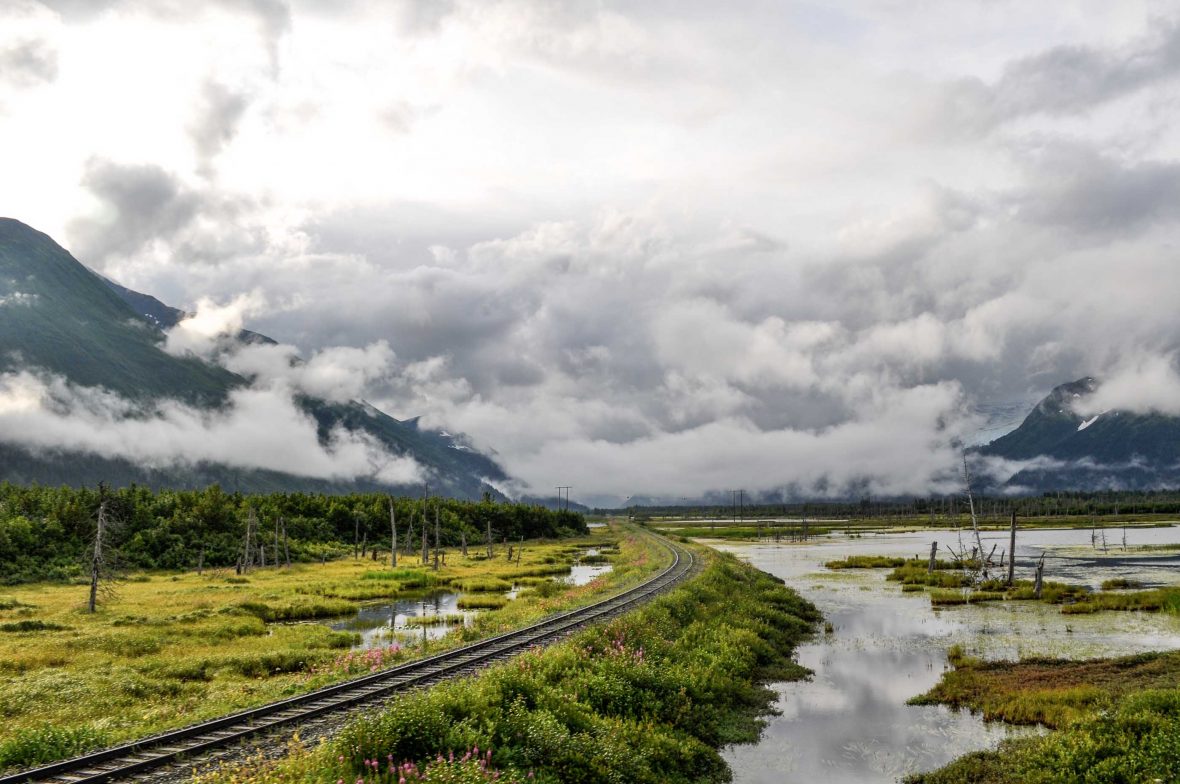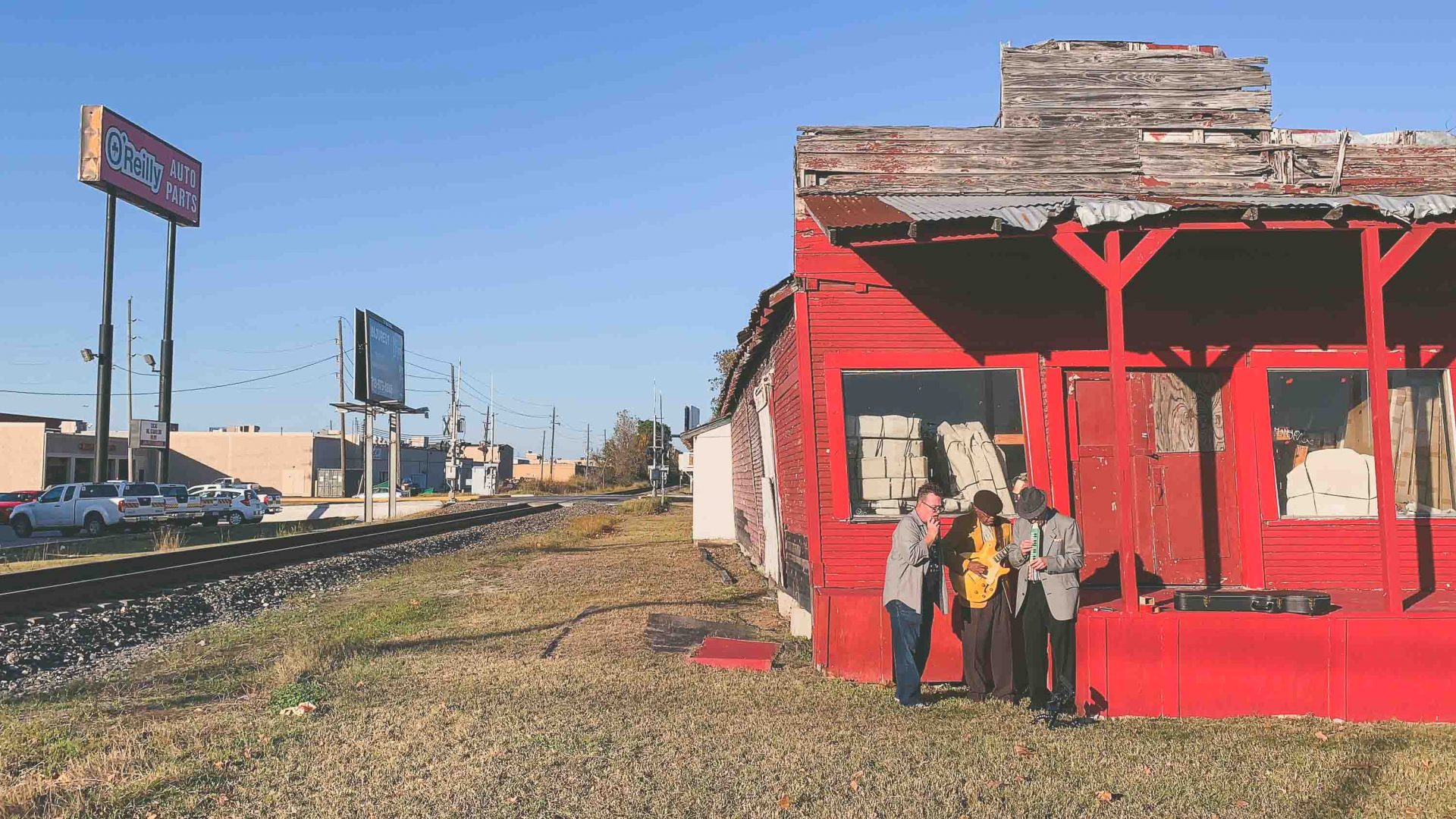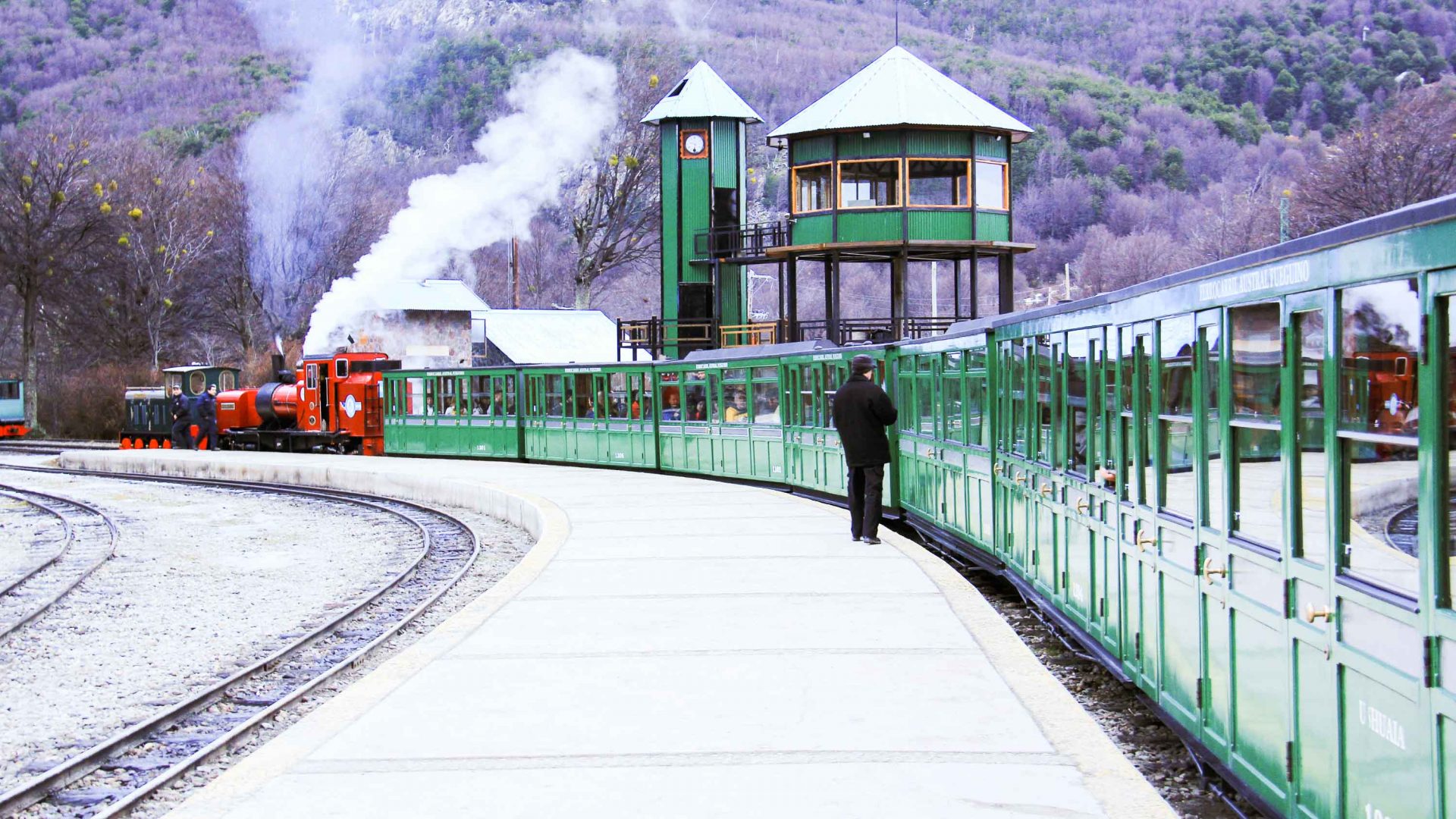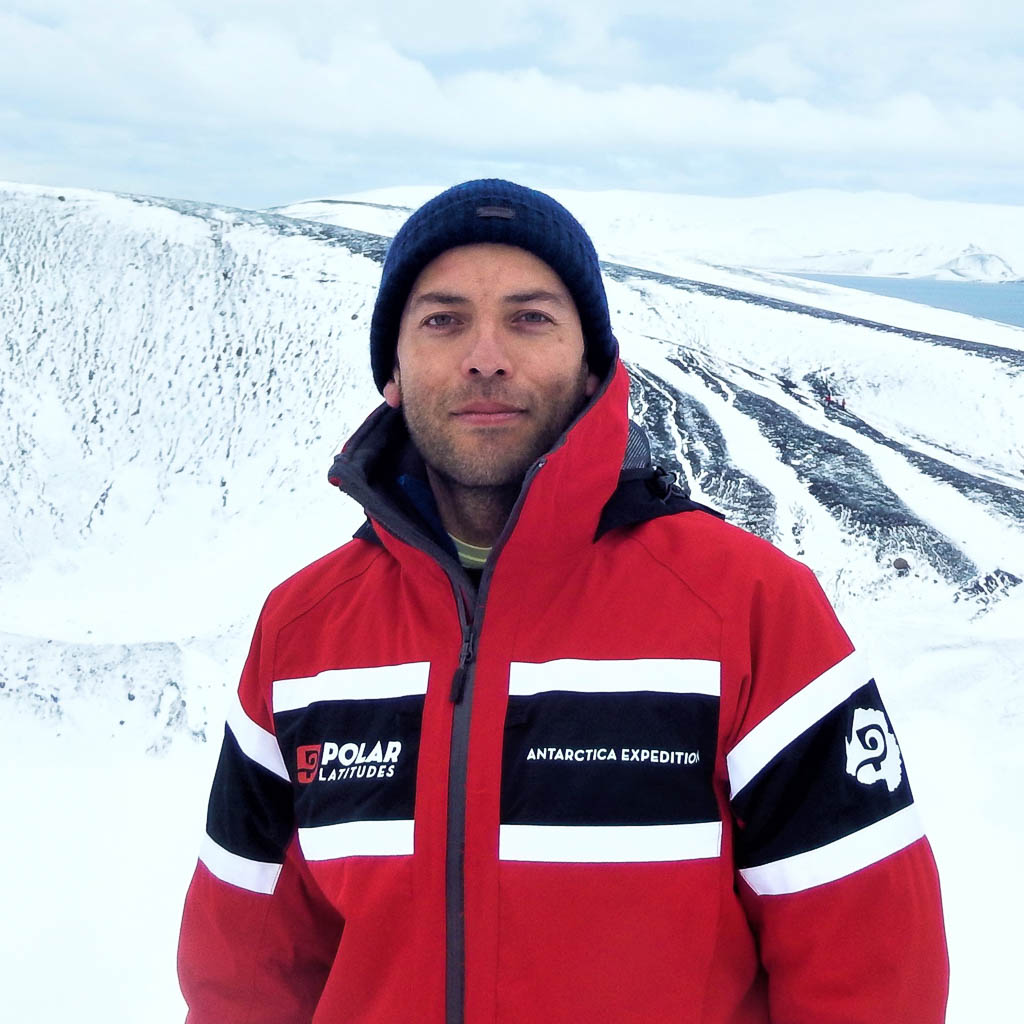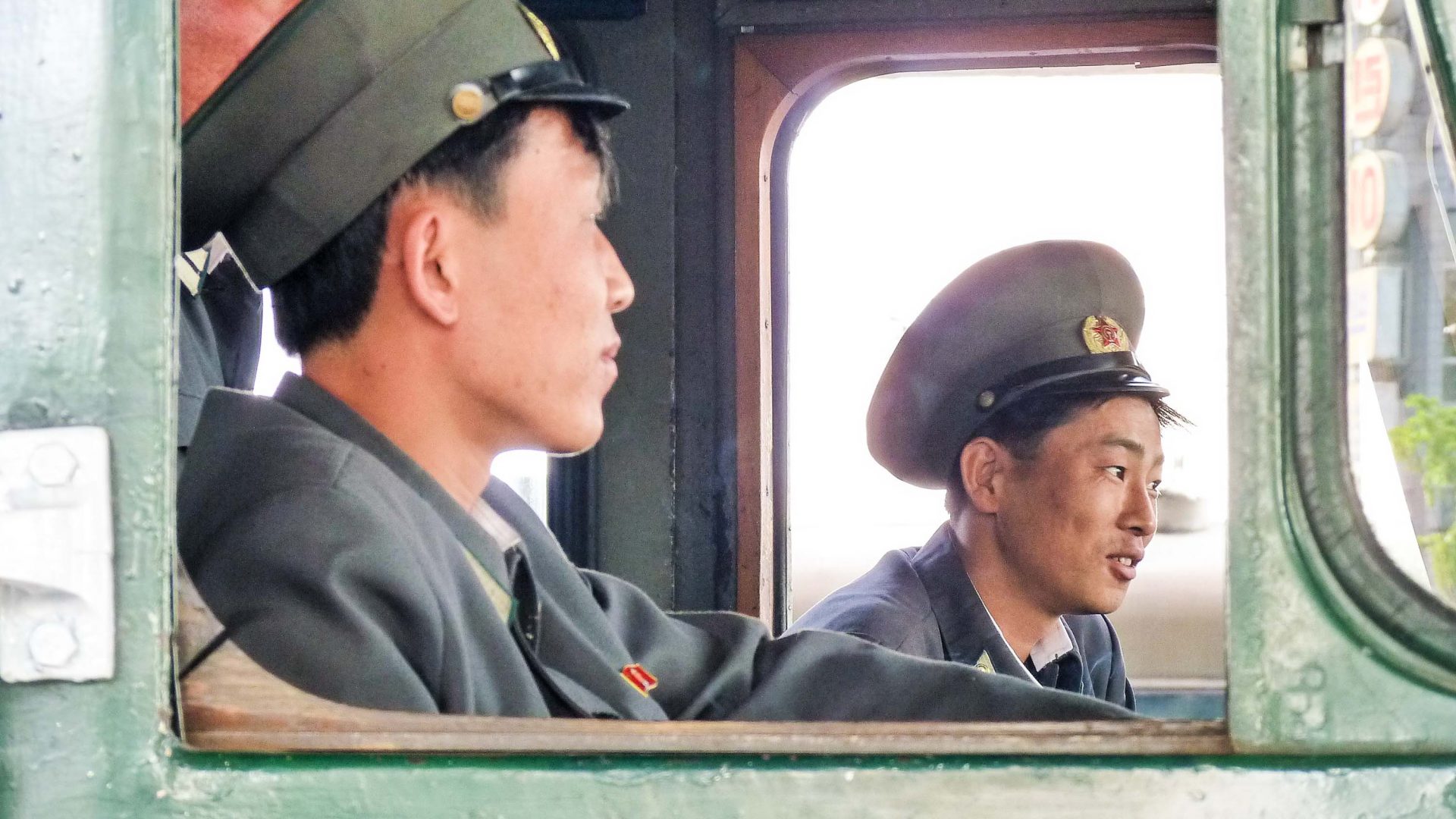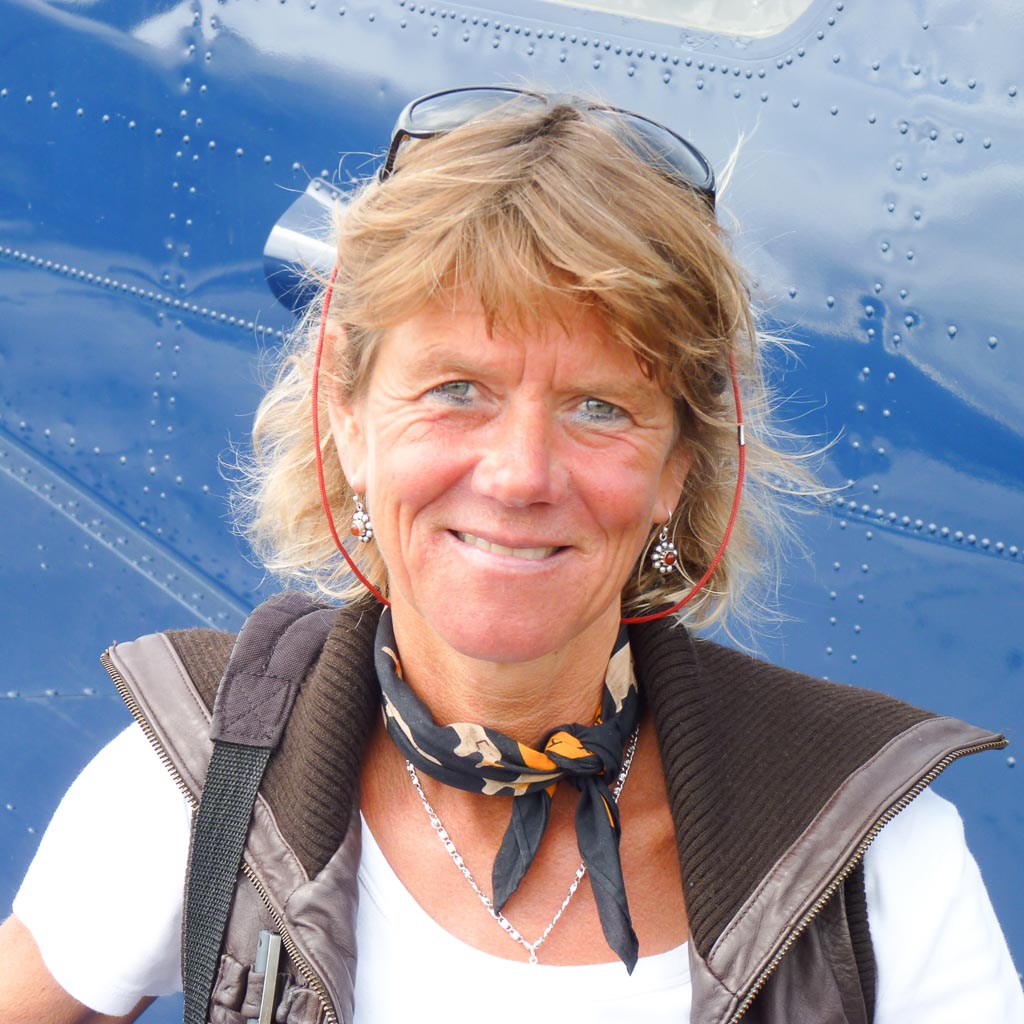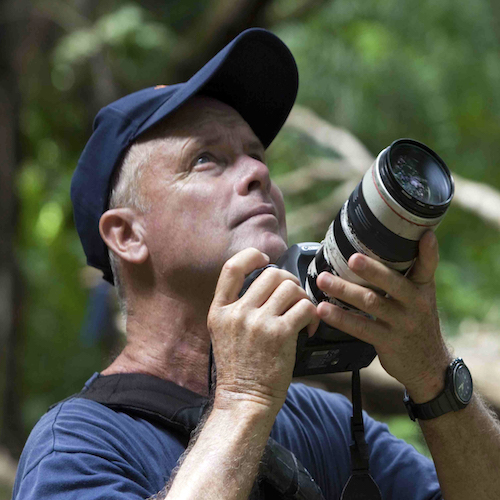Editor’s note: This article was published before the coronavirus pandemic, and may not reflect the current situation on the ground.
Riding the railroad into Alaska’s interior takes Jon Holmes on a journey deep into America’s last frontier, a land of earthquakes, bears, pepper spray, and new railway companions.
Alaska. Out here, you’ll find 700,000 square miles of beauty to contend with. It’s the perfect destination, on paper, for a road trip of epic proportions; the kind you spent long nights—and even longer school days—dreaming about as a teenager. But there’s one teeny, tiny issue: In some parts, there are no roads.
You might think traveling through a country without tarmac could be regarded as problematic and Juneau, the capital, does little to quash those doubts. It has no roads in or out: You fly, get on a boat or wait until winter when vast rivers freeze solid and become impromptu motorways for snowmobiles.
But if you really want to see Alaska, you do as I’m doing, and you take the Alaska Railroad—the mighty metal artery around which the country was built, as it snakes from the south coast up into an immense interior of lakes, forests and blue-white glaciers shuffling their lumpy, creaking masses down to an icy sea.
Roads? Where we’re going, we don’t need roads.
My first stop is Anchorage. Alaska’s largest city was built where the railroaders pitched their camp, putting down their ‘anchor’ here in 1914, while pushing a route upwards into the wild. By accident, they built it over a fault line, something which becomes alarmingly apparent at 6am on my first morning when a magnitude 5.3 quake arrives, swaying my hotel room enough to knock some lamps over, throw pictures off the wall and make me leap out of bed (naked). I try to remember what an out-of-towner must do when faced with an earthquake—which is to realize you have no idea what to do when faced with an earthquake.
RELATED: Sunset Limited: How the nation’s oldest railroad still brings people together
Am I supposed to get in the bath, or get under a table in the nude until it stops? Irrelevant, because suddenly it stops and it’s eerily ethereal, like Enya tunelessly singing into a vacuum as the clatter of modern life returns. The lights come back on, the air conditioning hums, and I pack my bag and go to see if my train to the north is still alive.
Modern Alaska is built around the railroad. It’s one of the ‘great railway journeys’, and genuinely unique as travelers can ‘flagstop’ it along almost all of the remote entirety of its length—by leaving a flag by the tracks and waiting a quarter mile further along for the passing beast to slow down to pick them up. On a road trip without a car, hitchhiking with trains seems an entirely sensible idea.
It’s also a wildlife wonder: In Seward in the south, I travel from train to boat, where beluga and killer whales dance as a glacier calves itself into the ocean. Back on the train in the dining car, I’m served delicious sausages—made from the reindeer I’m passing. Between mouthfuls, a fellow passenger, Chuck, tells me he works on the railroad. He likes it so much, in fact, that he travels around on it while eating sausages on his days off.
We stare out of the train’s enormous wraparound glass viewing dome at a ‘ghost forest’ of trees; spindles of wood standing in petrified solitude out here, in the great beyond. Fascinated, I ask Chuck what they are. He leans forward, swallows more reindeer, and tells me that in the Great Earthquake of ’64, the land here dropped by 11 feet and the roots of the forest began sucking up saltwater from below. Over time, he tells me, the salt crystallized the trees from the inside, stripping their flesh and giving them a ghostly white hue, like bleached bones pointing at the sky.
“The Yupik people of Alaska call them ‘Silent Dogs’,“ he says, solemnly.
“Because they’re the guardians of the forest?” I whisper back, staring out at the phantom trees, as eagles perch on their dead branches like feathered reapers.
“No”, he replies. “It’s because they have no bark.”
To my surprise, I thoroughly enjoy it and what I now know about spongy tundra and lichen symbiosis you wouldn’t believe, because the guides are expert, engaging and passionate. And, crucially, armed against bears.
RELATED: Why winter is the best time to tackle Russia’s Trans-Siberian Railway
We have lunch by a creek, looked at a spruce and then, because of the local grizzlies, there are instructions on what to do if one attacks. Shotguns are a last resort apparently and Lynx Africa, I was told in no uncertain terms, is absolutely no defence. But, as I only see one bear and he or she is far away by a lake, who’s to say it didn’t work?
